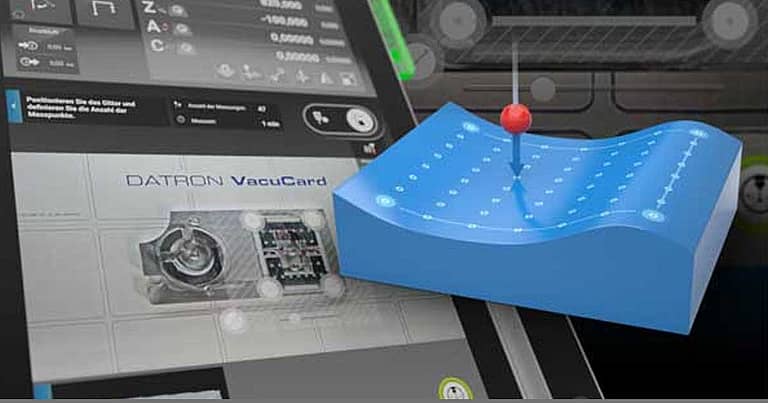ADA Compliant Braille, Way-Finding Signs
Ellis & Ellis Sign Systems needed to produce intricate, ADA compliant, Braille way-finding signs, but could also perform many other functions – thereby adding flexibility to their shop floor.
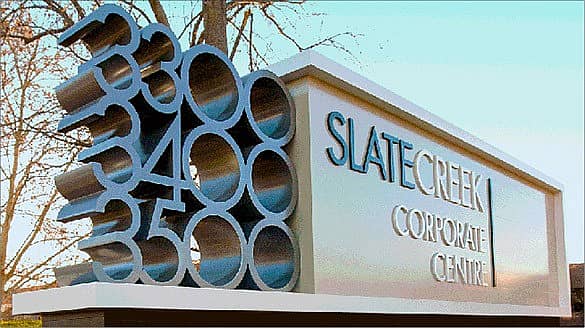
Monument Sign Making is a focus of Ellis & Ellis, but not everything they do at Ellis & Ellis is that big. For example the Braille required for way-finding signs and architectural signage. This is intricate work often done on smaller signs that must be ADA compliant for elements like position and tactile height. Braille can be produced using a variety of different processes. For example, Photopolymer Braille uses UV light and a chemical process to remove negative space material. In contrast, Route-in-Place with Raster Braille is a process where small acrylic beads are mechanically pressed into predrilled holes. Sign engraving on a CNC machine is another option.
Sign Engraving for ADA Compliant Braille
Having tried both of these processes, Ellis & Ellis experienced significant obstacles as follows:
Photopolymer Braille: First and foremost, the Braille was not completely round and was, therefore, subject to ADA liability. They also found the necessary raw materials to be expensive. Ellis & Ellis Director of Manufacturing, Bill Rogers, explained, “The excessive costs of the materials were compounded by costs associated with the human labor required for processing and finishing.”
Route-in-Place with Raster Braille: Similar to Photopolymer Braille, Ellis & Ellis found that additional human labor was required for finishing in the Raster Braille process because of the excessive glue that remains after tactile copy is placed and engraved. Bill Rogers said, “Additionally, the alcohol, solvents and cleaning products would cause crazing to occur on the acrylic beads which often shattered them.” Plus, they found this process to be limited in terms of surface finish possibilities.
Eventually, Ellis & Ellis decided to research other processes and equipment to produce the intricate ADA compliant Braille they needed to manufacture these way-finding signs. Ultimately, they decided on a DATRON M8 high-speed machining center after demonstrations proved that the machine was not only capable of producing spot-on Braille, but could also perform many other functions – thereby adding flexibility to their shop floor. (See aluminum and acrylic letters at bottom of Blog).
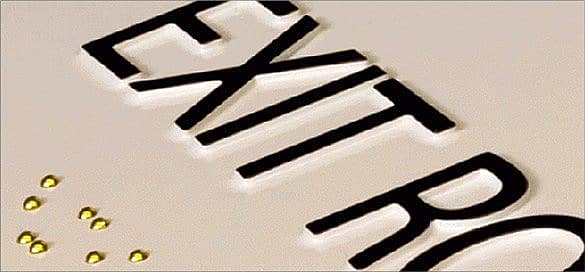
However, running batches of signs, whether unattended or with the operator present, requires the ability to accommodate and fixture sheet material from which the individual signs are milled. So, Ellis & Ellis was pleased to find that DATRON manufactures their own vacuum table workholding. In the case of their M8 machine, the vacuum chuck is affectionately known as a QuadraMate due to its four independently activated 12” x 18” segments – which can also be simultaneously activated providing a full 24” x 36” of workholding.
Bill Rogers said, “The vacuum table combined with the machine’s integrated probe makes it so easy to set up a job – it’s faster and takes out the element of human error.”
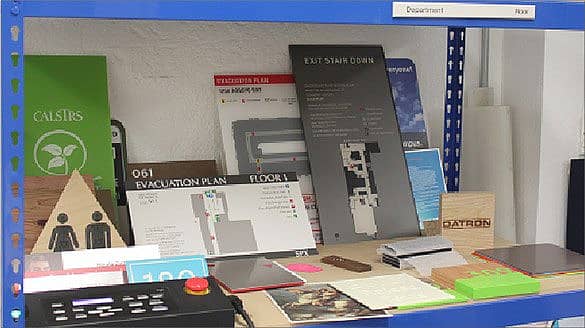
That’s because once the operator sets the material on the table, even if it is not situated perfectly straight, the probe takes measurements that compensate for that. In fact, even if there are irregularities in the material such as surface variance, the measurements are fed into the control software and the program is adjusted accordingly. Since Ellis & Ellis performs so much alphanumeric engraving and milling to produce their signs, this guarantees an even depth of those characters even if the material topography is not consistent. According to Rogers, “All of this equates to more efficiency, higher quality, less waste and ultimately cost reduction.”
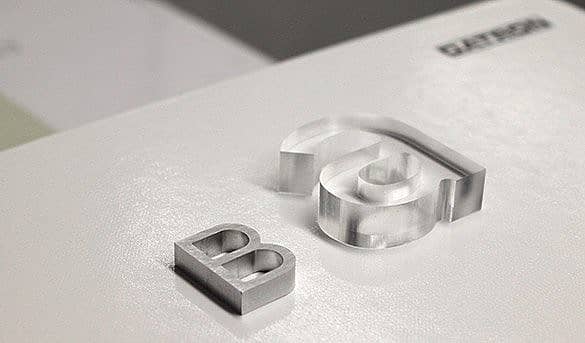
The machining center itself is not the only area where DATRON has helped Ellis & Ellis add efficiency to their operation — and Bill Rogers says that they have become quite a proponent of DATRON solid carbide cutting tools. “We saw the exceptional performance of DATRON tools being used with the DATRON machine in terms of cut quality and tool life, so we decided that we’d give them a try on some of our larger machines.” Those larger machines include MultiCam CNC Routers, and as they anticipated, the DATRON tools did, in fact, improve the performance of those larger machines. Bill said, “In terms of tool life, we’re looking at an improvement of about 3 to 1 which is a big cost saving over time.”
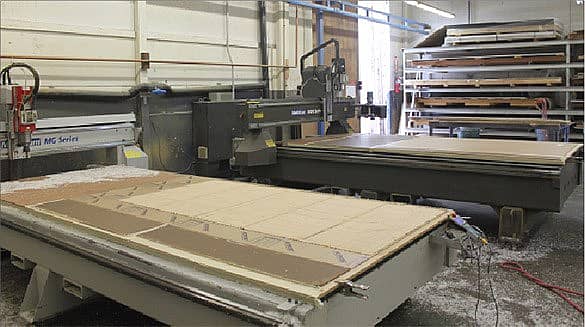
In addition to using DATRON tooling with the MultiCams, they also decided to try DATRON’s coolant with these routers and that too helped to impact cutting quality.
Bill Rogers said, “Staying competitive means trying new things, new technology, and always looking for ways be more efficient.”
To that end, Bill and his team are frequent visitors at the DATRON Technology Center in Livermore, CA. According to Rogers, “DATRON has informal events like TechDay at their facility where we can go see advancements in the technology. I can always count on their guys to get us the answers we need. It’s a great partnership.”
Sign Engraving & Sign Making
Located in Sacramento, CA, Ellis & Ellis Sign Systems can take an architectural design and hands-on engineer it, fabricate most of it, and install it in the field, including the operation of the company’s 90-foot cranes.
Dental Laboratory Group needed more control, higher quality, and shorter turn-around times.




